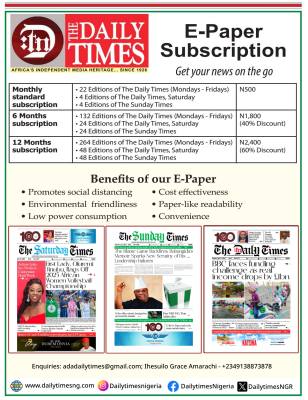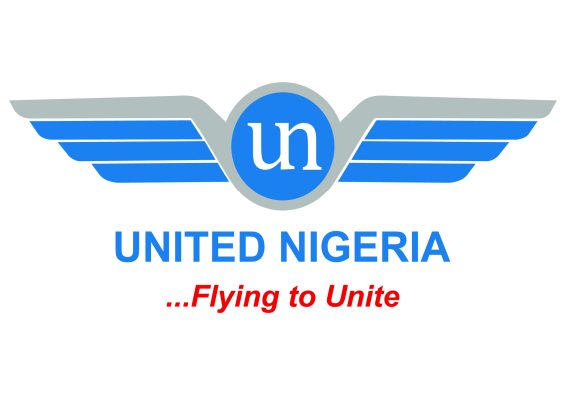InfraCos: Why N3bn subsidy is not enough

Ladesope Ladelokun
In a bid to boost broadband penetration and reduce the high cost of broadband bandwidth, Nigeria, in 2015, saw the need to license Infrastructure Companies (InfraCos) to provide broadband infrastructure across the length and breadth of the country.
To demonstrate its commitment, the Nigerian Communications Commission (NCC) licensed the first set of InfraCos-MainOne for Lagos zone and IHS for Northcentral zone.
Also, in December 2017, the Commission licensed additional two InfraCos – Zinox Technologies for Southeast and Brinks Integrated Solutions for Northeast.
Subsequently, Raeana Nigeria Limited, O’dua InfraCo Resources Limited and Fleeks Networks Limited got the licenses for Southsouth, Southwest and Northwest zones respectively.
However, owing to difficulties in securing Right of Way approval to deploy infrastructure in the North-central zone and high roll out charges by state agencies, IHS, had returned its license to the Commission last year.
It would be recalled that the Executive Vice Chairman of the NCC, Prof Umar Danbatta, had in an interaction with journalists in Abuja said the Commission had made N3 billion subsidy budget to assist InfraCos in the deployment of services in the country,
noting that the said money had been approved by the National Assembly would be executed on a yearly basis.
Meanwhile, the industry experts say though the planned subsidy is commendable, more needs to be done to allow for seamless deployment of services.
They argue that the barriers obstructing telecoms expansion may also hinder the planned expansion of broadband infrastructure by licensed InfraCos.
Speaking with The Daily Times on the matter, Chairman, Association of Licensed Telecommunications Operators of Nigeria (ALTON), Mr Gbenga Adebayo,
said the issues confronting InfraCos cannot be addressed in isolation, noting that the problems InfraCos face are not different from the ones the entire ecosystem faces.
Adebayo stressed that the issues have to be approached in a non-discriminatory manner because what affects one affects all, adding that it is one sector with common problems.
He said the money needed to deal with the myriad of problems in the ecosystem cannot be quantified.
“The promise is quite reassuring, but we have to wait and see how that plays out and how the government wants to provide the said subsidy. However, the obstacles confronting the InfraCos are the same that the entire sector faces as we are in a common ecosystem.
These challenges have to be confronted in a non-discriminatory manner. We are in one sector with common problems. So, the issues confronting the InfraCos cannot be solved in isolation. We can’t quantify the amount to deal with our myriad of problems”, he explained.








